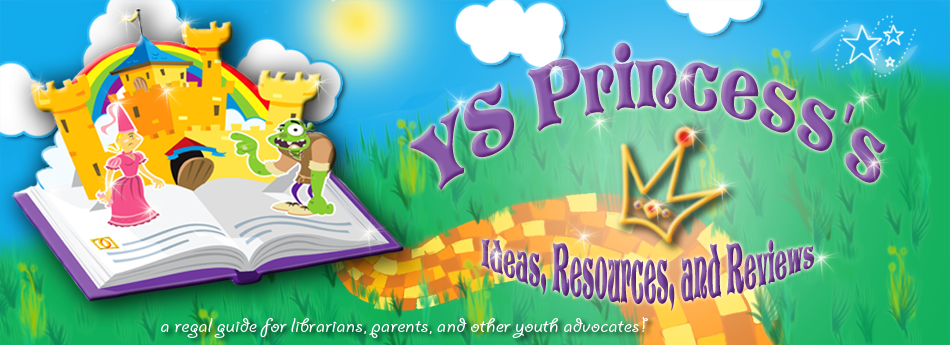*Please only read this if you are okay with “spoilers” (if by some chance, you don’t already know the story).
I don’t recall reading the story of Casey when I was young. Reading it now, at 21, I’m very glad I didn’t have to have the experience when I was young. For the life of me, I can’t understand why this story would be in the children’s section of a library! The words are extremely difficult, and there are some even I haven’t heard of (such as “doffed”). People actually shout “KILL the umpire!” and I can only imagine what the crowd did to the poor man after he had to call Casey’s strikeout. While the book may be full of “hope” (though it’s hard to see any hope through all the sullen words), there are no happy endings.
Illustrated by Gerald Fitzgerald
Personally, I don’t care for these types of illustrations. You can basically tell from the front cover what kind of illustrations are throughout the book, but the colors smudge together and the pictures don’t have clear outlines. I did like the page that was formatted so the text would fall at the same angle as the line from 3rd plate to home.
If, for some reason you wish to subject yourself to this book, it can be found on Amazon here.
Illustrated by Christopher Bing
These pages are designed to look like a newspaper from 1888, complete with black and white illustrations (“photos”) which may come off as less than impressive to those looking for colorful illustrations that “pop” off the page. Other newspaper clippings and/or other paraphernalia included on each page. These clippings have the tendency to be amusing and relate to parts of the story (i.e. an ad for voice lozenges on the page where everyone is yelling, and an article about revolvers on the “kill the umpire” page). They also try to shed a little light on some of the difficult words or terms, such as showing what the “cover” of a baseball would look like when it is “torn” off in the story.
This version of Casey at the Bat can be found at Amazon here.
Well…that’s that. You know I don’t like the story. I’ve highlighted all the good points I’ve been able to find in the books, which unfortunately isn’t much because there’s only so much that can be changed if you’re only illustrating a story someone else wrote. So, nice try illustrators; next time pick a better story to illustrate.
I see no reason for a library to need multiple versions of this story. If you have to get one for your library, I'd choose the latter.
My Rating (for both books):










Well, at least it is done and hopefully the rest of the books for this challenge will be better. I do think this was a pretty old book ... I've heard it only as a poem. That may account for the terms that we don't use too much today.
ReplyDelete